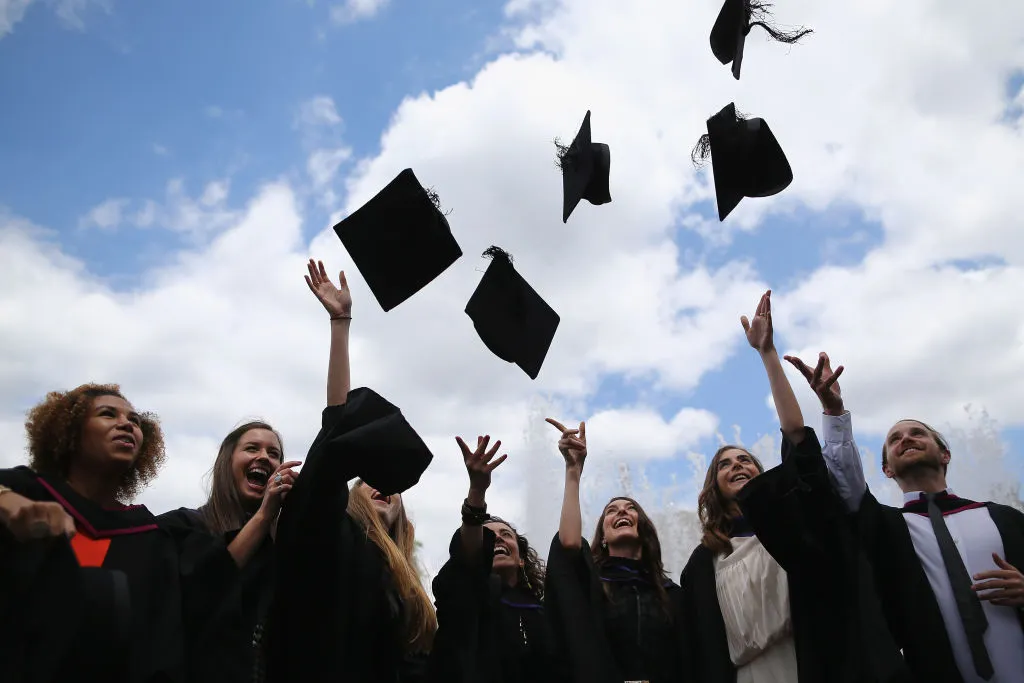In theory, the SCOTUS decision to strike down affirmative action in higher education should be considered as part of the post-George Floyd racial reckoning to “dismantle systematic racism.” But judging by the hysteria going on over at MSNBC and condemnations from President Biden, it’s clear that the activist class and American intelligentsia have a very different conception of what exactly constitutes racial justice.
Two and a half years on, this racial reckoning has instead produced higher murder rates, generational declines in basic literacy among students — with the sharpest declines among black and Latino kids — and a massive transfer of wealth to an ever-growing DEI bureaucracy, BLM grifters and gurus like Ibram X. Kendi, whose scholarly contribution that “the only remedy to racist discrimination is antiracist discrimination” has become orthodoxy in HR departments and admission offices. To hell with the Fourteenth Amendment.
Thomas Sowell, in Discrimination and Disparities, wrote extensively on how affirmative action ends up backfiring and making the very people it was designed to help worse off, by lowering academic standards for black and other minority students while holding other groups to higher standards. Academic performance and graduation rates of black and Hispanic students rose substantially after affirmative action admissions policies were banned in the University of California system. Like many of the other ideas pushed during the racial reckoning (see: defund the police), affirmative action appears to be yet another manifestation of what Rob Henderson has so astutely called “luxury beliefs.” Does the actual fate of these students not matter as much as their presence as diversity tokens on campus?
The corollary to this is that other well-qualified students pay a price by being denied admission to educational institutions based on an immutable characteristic that they have no control over. Asians, for example, have to score 450 points higher than black students and 150 points higher than whites to have the same chance of admission to Harvard University. These de facto racial quotas end up stoking racial insecurity among the groups with artificially lowered admission thresholds, and grievance among the groups that are penalized with higher barriers to entry. Indeed, an overwhelming majority of Americans actually oppose affirmative action at public colleges and universities by a margin of 74 percent to 26 percent — including a solid majority of Democrats — and it’s not hard to see why. Affirmative action is a policy that flies in the face of meritocracy, a foundational bedrock for a society that rewards effort and achievement over other factors such as ethnicity or personal connections (legacy admissions should be abolished too but that’s for another time). And as a matter of principle, it simply violates our sense of fairness, of being treated equally regardless of racial background.
Perhaps the US can look to another multi-racial country that is fervently devoted to the ideals of meritocracy to see how differences in education outcomes can be addressed without the unintended consequences that accompany affirmative action policies. In Singapore, where the population comprises a mix of 75 percent Chinese, 15 percent Malay, 7.5 percent Indian and 2 percent Eurasians, the glaring racial disparity in Malay academic performance is mitigated not by imposing racial quotas or lowering admission standards, but by state and civil society-led programs that aim to boost Malay students’ skills and capabilities starting in early childhood.
In the 1980s, the Singapore government launched a self-help organization known as MENDAKI — a group for supporting Malays, administered and led by the Malays — to tackle academic underperformance and provide the kind of social services that would give those from disruptive family circumstances a fair shake in life. The agency, through aggressive fundraising efforts that are matched by the government, provides low-cost childcare, subsidized tutoring services, mentorship programs and crucially, educates Malay parents on the value of seeking academic success and lifelong learning.
When the group was first established, only about half of every Malay student cohort passed their GCSE “O” levels at the end of secondary school. Today, well over 90 percent of the cohort completes post-secondary studies. The benefit of this system is that any Malay student who has made it to university is assumed to have earned his/her spot rightfully, since no academic concessions were made. Despite steady increases in Malay graduation rates, the group still lags behind Chinese and Indian students, which drives greater support for affirmative action among the Malay community as compared to other groups.
But the Singapore government refuses to budge on an issue that is so fundamental to its founding ethos, a political vision that caused a schism so great that the island nation separated from the Malaysian Federation over it. Singapore’s reluctant independence from Malaysia was largely triggered by ideological opposition to explicit preferential treatment policies — ranging from civil service positions to university admissions and even jobs in the corporate sector — for the ethnic Malay majority. Today, after almost fifty years of these affirmative action policies known colloquially as Bumiputra, far from an equitable society, Malaysia has become a kleptocracy run by rent-seeking politicians and their cronies, unable to fully capitalize on the talents of a segment of its population due to racial discrimination. This vicious cycle of mediocrity has caused a divergence in terms of economic development and sociopolitical stability of both neighboring multi-racial countries that were once bound by statehood.
At a time when race has emerged as one of the most explosive fault lines in American society, it’s becoming increasingly urgent to get it right. Fates of nations depend on this. Let the chips fall where they may, without collective guilt, without entitlements, without racial discrimination masquerading as “race consciousness.” The results of this natural experiment are in. Hopefully those running our institutions of higher learning are acquainted with other ways to fix disparities without compromising on the principle of merit and without undermining social cohesion. Singapore’s example can lead the way.























